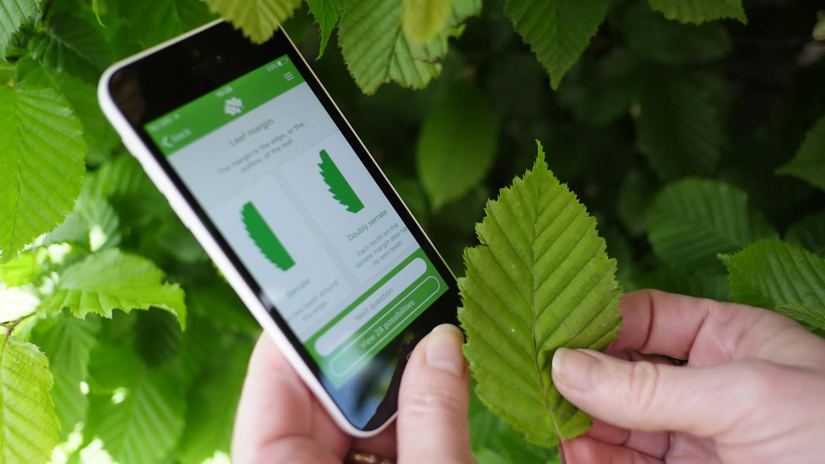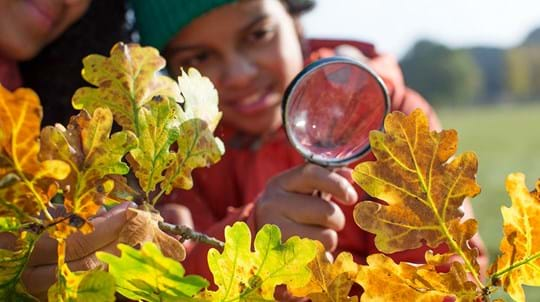
Credit: Margaret Barton / WTML
Leaves
Light green leaves are soft and needle-like, 2–4cm long, and grow in tufts from short woody knobs, or shoots, on the twigs. They turn golden yellow before falling in autumn.
A spring-time show-off, European larch is a conifer full of surprises. Introduced over 400 years ago, it’s a favourite with squirrels, birds and moths alike.
Common names: larch, European larch
Scientific name: Larix decidua
Family: Pinaceae
Origin: non-native
Mature larch can grow to 30m and live for 250 years. It is fairly fast growing and cone-shaped when young, becoming broad with age. The bark is pinkish-brown in colour and thick, and develops wide vertical fissures with age. Twigs are amber or slightly pink, and hairless.
Look out for: the needles which form in clusters, like rosettes, along the twigs.
Identified in winter by: the small oval cones that remain on the tree, and the loss of its needle-like leaves.

Credit: Margaret Barton / WTML
Light green leaves are soft and needle-like, 2–4cm long, and grow in tufts from short woody knobs, or shoots, on the twigs. They turn golden yellow before falling in autumn.

Credit: Tim Gainey / Alamy Stock Photo
Male structures form on the underside of shoots, and are globular clusters of creamy-yellow anthers. Female structures grow at the tips of shoots and are often referred to as ‘larch roses’. They comprise flower-like clusters of scales in pink, green or white.

Credit: Geoff Scott Simpson / naturepl.com
After pollination by wind, the female cones ripen, become brown and grow to around 3–4cm long with a hollow top. They gradually open their scales to release the winged seeds within which are distributed by wind.

Download our free Tree ID app for Android and iPhone to identify the UK's native and non-native trees. It's an A-Z tree guide in your pocket.
Download the appEuropean larch originates in central Europe but is now widespread in the UK, having been planted for timber.
Larch trees can retain old cones on their stems for many years.
The seeds of the European larch are eaten by red squirrels and a number of birds, including the siskin and lesser redpoll, while the buds and immature cones are eaten by black grouse. The caterpillars of many moths feed on the foliage, including the case-bearer moth and larch pug. Larch tortrix moth caterpillars eat the cone scales.
In European folklore, larch was said to protect against enchantment. The wearing and burning of larch was thought to protect against evil spirits.
Larch is very hardy, so hardy that some species were thought to be impenetrable by fire.
European larch was one of the first trees to be introduced to the UK for its timber and has a pale, creamy-brown sapwood and a red-brown heartwood. It is hard and resistant to rot.
Larch is susceptible to the fungal disease larch canker. It can also be affected by larch bark beetle and butt rot fungus. Most recently it has been affected by the ramorum disease, which affects and kills Japanese larch trees and is spreading throughout western parts of the UK.

Take part in our Nature's Calendar survey
Tell us what's happening to the trees around you and help scientists track the effects of climate change on wildlife.
External link

Shop
We have single trees and tree packs to meet your needs, from wildlife to woodfuel. Delivery is free.
External link